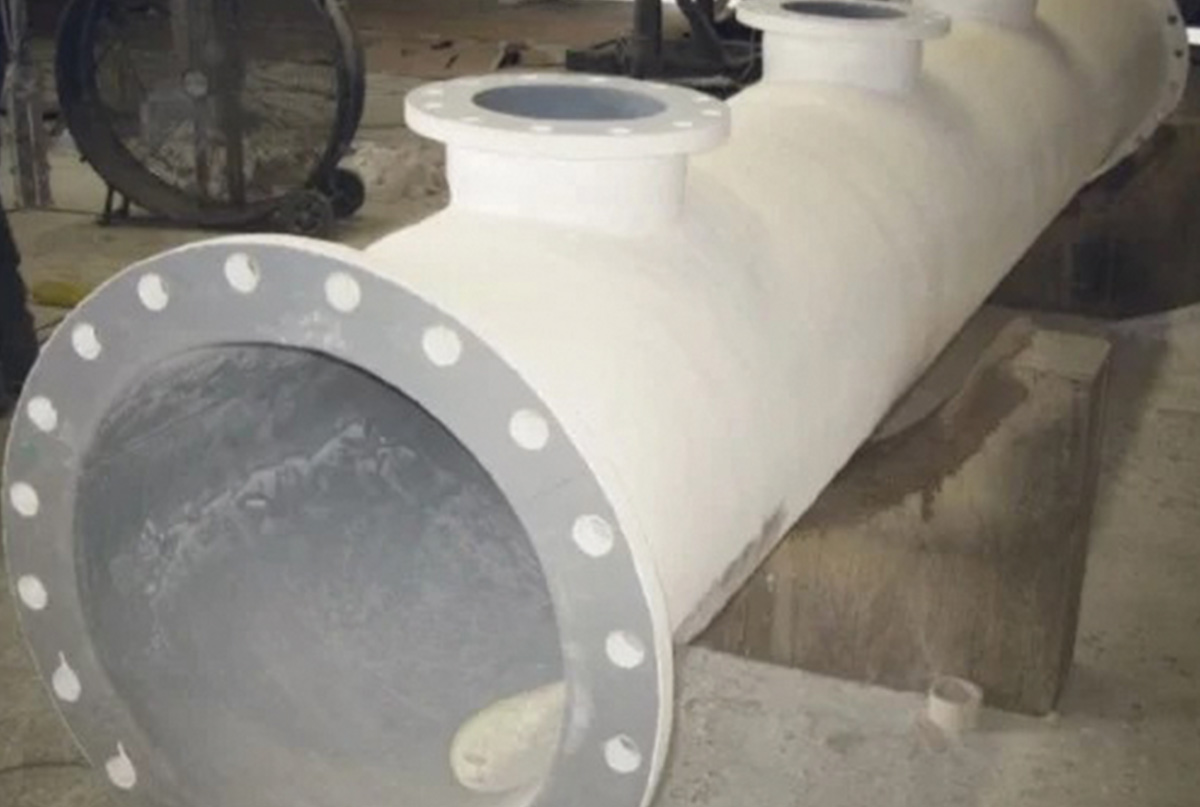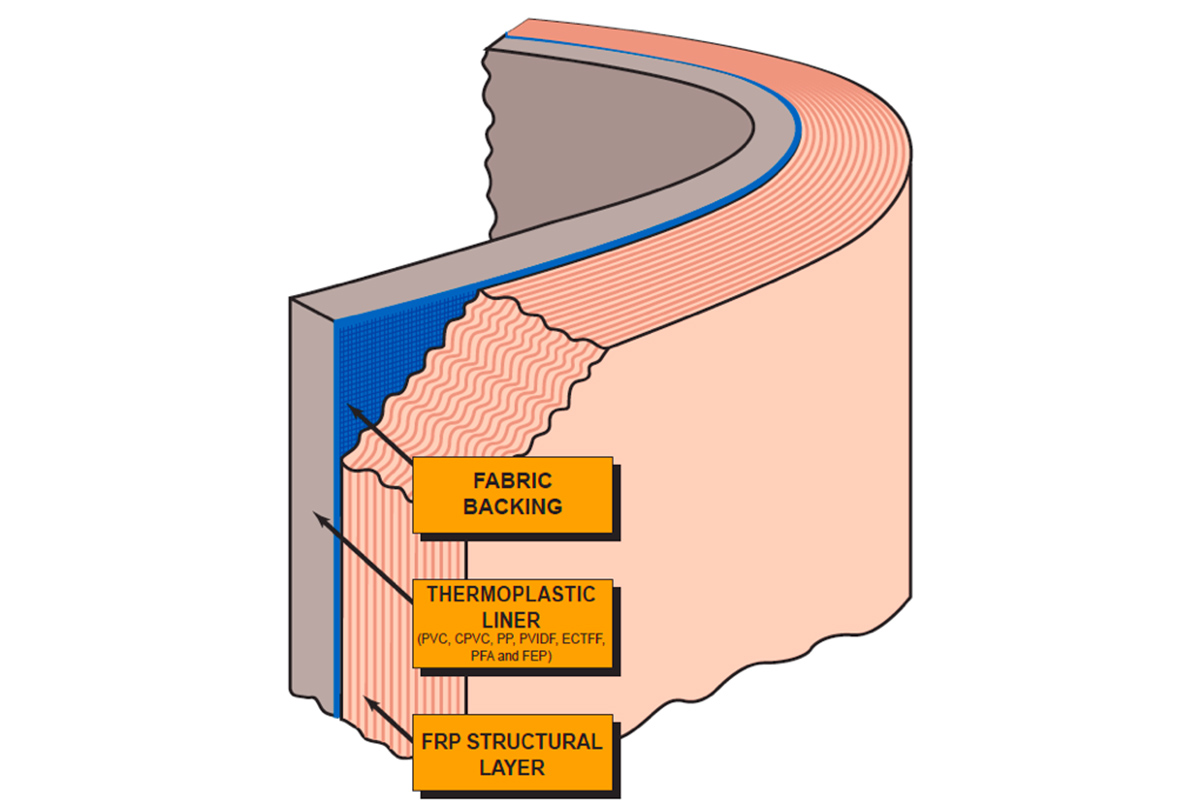The chemical processing industry is a tough environment for creating safe structures that mitigate corrosion. To develop products capable of standing up to demanding applications, chlorinated polyvinyl chloride (CPVC) is often specified because of its track record of consistency, reliability and problem-free lifespan. In addition, the material effectively resolves the most common customer issues by providing corrosion resistance and reliable, long-term handling.
Corrosion is one of the most costly issues facing plants that handle chemicals such as hydrochloric acid (HCl). This substance causes corrosion, pitting and stress-corrosion cracking of austenitic stainless steel, such as 316. In fact, 300-series stainless steels can even be attacked by diluted HCl. Although there may be low concentration and low temperature combinations that are acceptable in some specific cases, 316 stainless steel is not recommended when hydrochloric acid is present.
The industry has struggled to find a long-term solution to handling HCl in various concentrations for a multitude of applications. The traditional choices of carbon and stainless steel aren’t ideal, especially in the long term. Microbiologically influenced corrosion — also known as microbial corrosion or biological corrosion — can cause deterioration of the metals because of the metabolic activity of microorganisms. Even lined carbon steel, high-density polyethylene (HDPE) and fiber reinforced plastics (FRP) have resulted in process leaks and premature failure when used with the following corrosive substances: sulfuric acid, sodium hydroxide (caustic soda), cell liquor (brine, sodium hydroxide), sodium chloride (brine), sodium hypochlorite, hydrochloric acid and demineralized/deionized water.
Reliable systems begin with the consistency and quality of their components, which is why CPVC is used in a variety of vessels, components and pipelines. It enhances the structural integrity of fabricated composite structures, such as scrubbers, towers, evaporators, precipitators, clarifiers and piping.
Fabricators employ CAD and a thermo-forming molding process for corner radius and dished-head designs that ensure the integrity of liner materials in key stress points. This is combined with an advanced bonding technology, which provides a stronger bond between the thermoplastic liner and the fiberglass structural shell than is possible with lined metal alloys.
One fabricator recently designed a piping system for 2,000 feet of chlorine cell liquor headers operating at 160°F/71.1°C. These headers consisted of components varying from 6" to 12". They chose machine butt fusion of CPVC for a corrosion-resistant liner in conjunction with a FR992 fire retardant resin system for the fiberglass structural shell. Because of the skilled manufacturing and careful material selection of these components, the fabricator’s customers can rest assured that their below-deck headers will remain maintenance-free for years to come.

